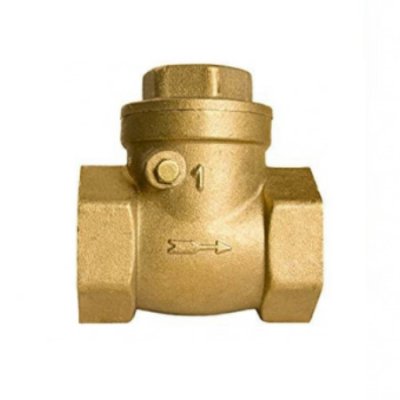A late contribution to this thread:
Another reason for not putting a check valve downstream of a bilge pump is that some bilge pumps cannot get the water flowing if they have to start into a "head". This seems bizarre, but I have seen it happen. The bilge pump was immersed, the impeller spinning, but no flow - the impeller simply cavitates if it starts turning with no initial flow. Once flow starts, the pressure capability is there.
So, in a system without a check valve, the pump gets the flow started into an empty hose and is then able to build up the pressure required to lift the water to the highest point of the hose.
As stated by others, a second pump with less run-back volume is required to reduce the amount of remaining water. I use a Jabsco diaphragm pump (which, being a diaphragm type pump, has internal check valves by the way).
As also mentioned, check valves cannot be relied upon - they are prone to jamming closed (as apparently happened to the OP) or not sealing tight.
Nick

